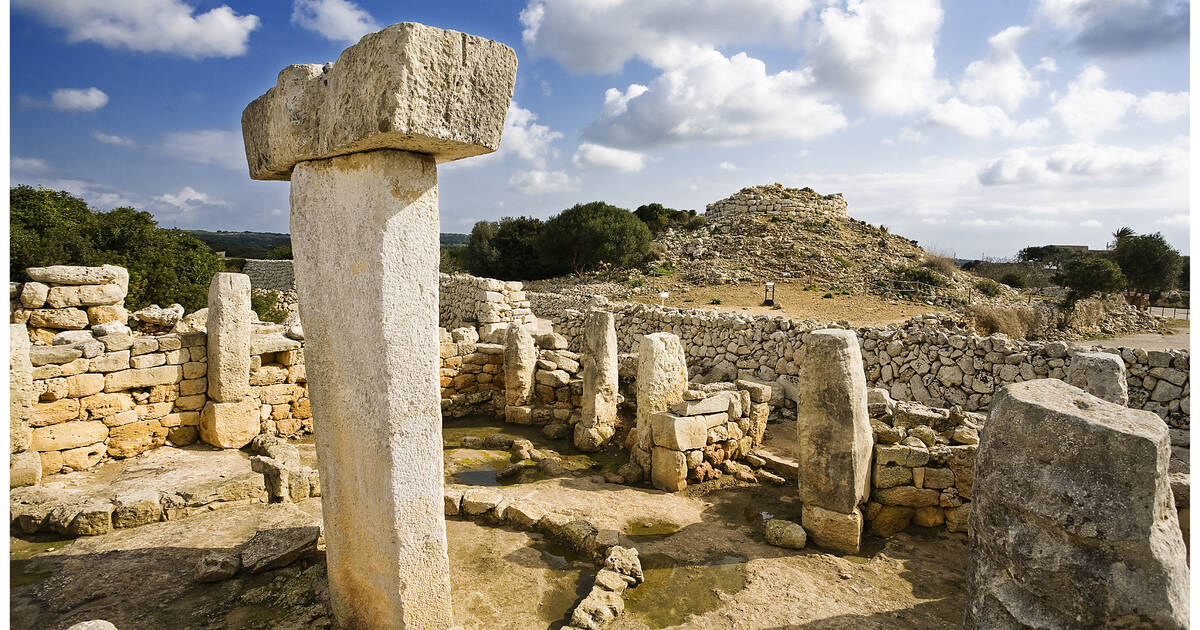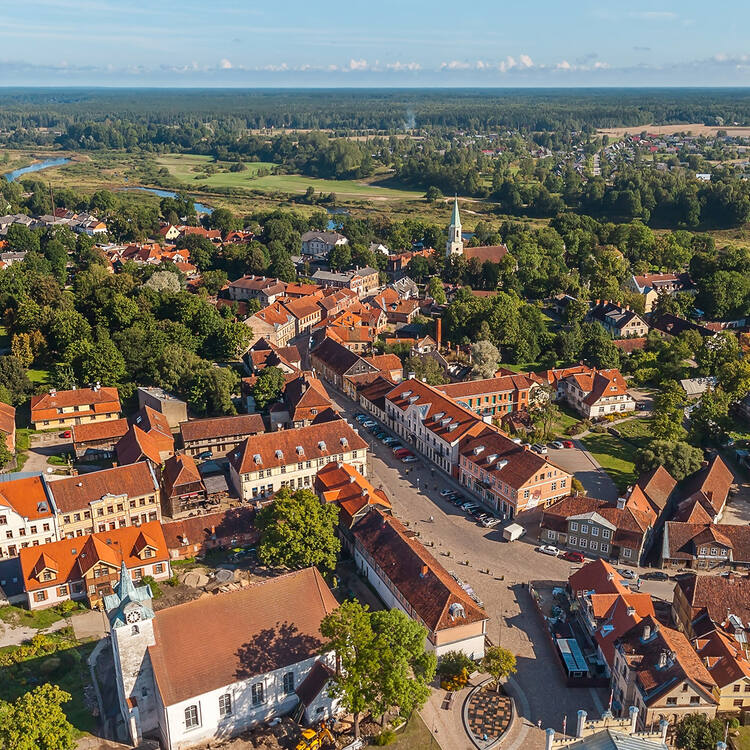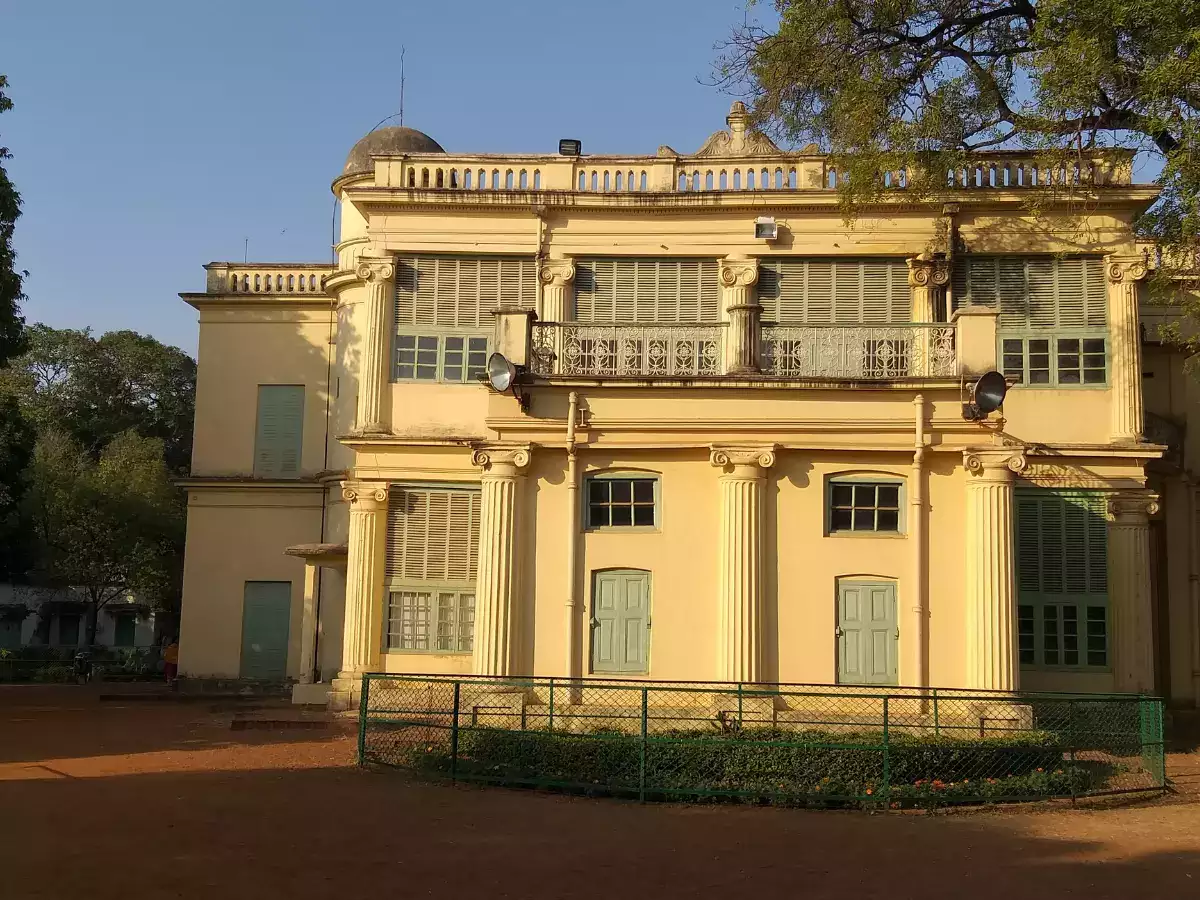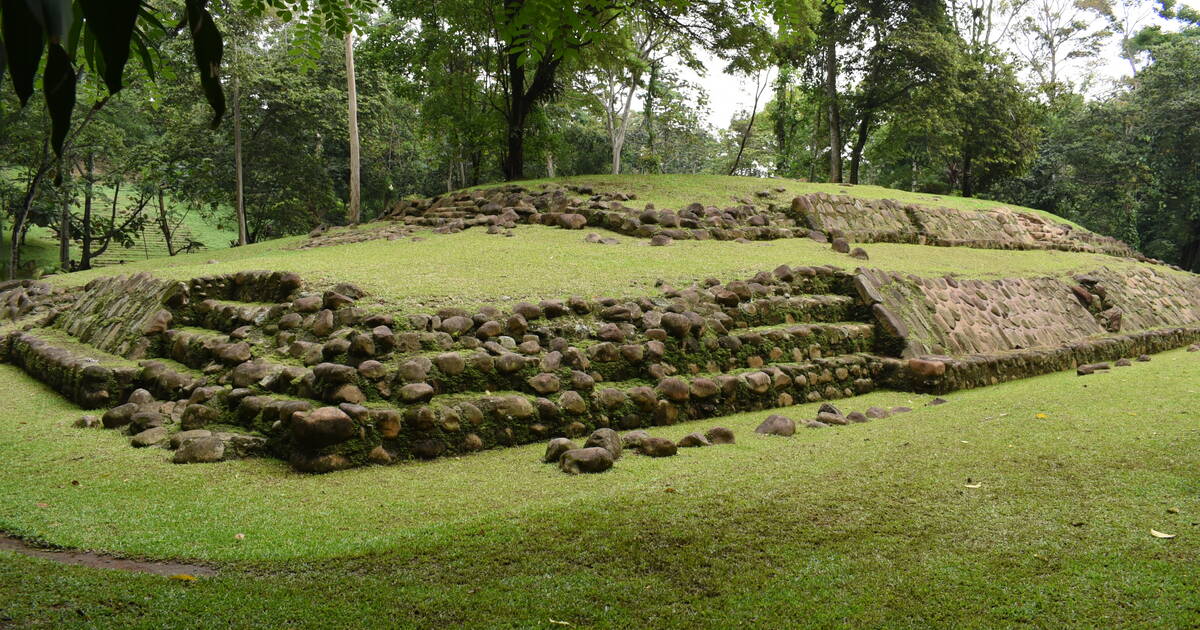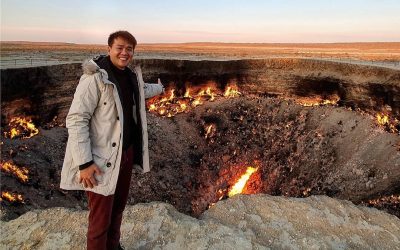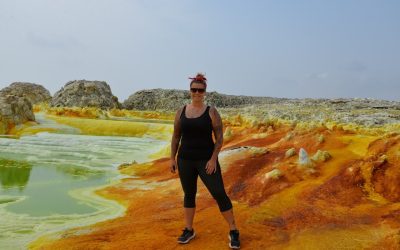UNESCO (United Nations Educational, Scientific and Cultural Organization) plays a vital role in recognizing and preserving the world’s cultural and natural heritage. Each year, UNESCO’s World Heritage Committee meets to evaluate nominated sites, adding those of significant value to its prestigious list.
In September 2023, the excitement was undeniable as UNESCO announced 42 new World Heritage Sites. These sites, spanning diverse geographies and cultures, include sacred temples, ancient forests, and historical towns.
At NomadMania, we have a specialised series dedicated to UNESCO World Heritage Sites. This feature is a must-visit for anyone eager to explore the recent additions to UNESCO’s esteemed list.
Our World Heritage Series is an interactive way to delve into these sites, providing you with a curated pathway through the world’s most awe-inspiring locations.
Overview of the New 2023 UNESCO World Heritage Sites
SOUTHERN EUROPE
- Talayotic Menorca, Balearic Islands, Spain: Prehistoric sites showcasing the unique Talayotic culture of the Balearic Islands.
Talayotic Menorca, Balearic Islands, Spain – photo by: UNESCO
EASTERN EUROPE
- Architecture of Kaunas, Lithuania: A city exemplifying the development of modernist architecture between World Wars I and II.
- Astronomical Observatories of Kazan Federal University, Russia: Historic observatories important for the development of astronomy in Russia.
- Wooden Hypostyle Mosques of Medieval Anatolia, Türkiye: Represents the unique wooden mosque architecture of the medieval period.
- The Evaporitic Karst and Caves of Northern Apennines, Italy: A geological site known for its unique karst formations and caves.
- Eisinga Planetarium in Franeker, Netherlands: The world’s oldest working planetarium, demonstrating historical astronomical knowledge.
- Historic Center of Guimarães and Couros Zone, Portugal: A cultural site reflecting the historical urban development of Portugal.
- Zagori Cultural Landscape, Greece: Showcases the traditional mountainous cultural landscape of Greece.
WESTERN EUROPE
- Jewish Medieval Historic Center of Erfurt, Germany: A significant site representing medieval Jewish life and culture, with a unique Old Synagogue.
- Kuldīga’s Old Town, Latvia: A traditional urban settlement with well-preserved wooden architecture and cobbled streets.
- Žatec and Its Tradition of Saaz Hops, Czech Republic: A region renowned for hop cultivation, crucial to the brewing industry.
- Maison Carrée of Nîmes, France: A well-preserved Roman temple, exemplifying classical architecture.
- Viking-Age Ring Fortresses, Denmark: Military structures from the Viking Age, significant for understanding Norse military architecture.
- Funerary and memory sites of the First World War (Western Front), France: Commemorates the significant historical events of World War I.
NORTHERN EUROPE
- Architecture of the town of Kaunas, Lithuania: Highlights the modernist architectural development of the early 20th century.
Kuldīga’s Old Town, Latvia – photo by: UNESCO
NORTHERN ASIA
- Deer Stone Monuments, Mongolia: Bronze Age ceremonial and funerary sites in central Mongolia, featuring large stones engraved with stag images.
CENTRAL ASIA
- Zarafshan-Karakum Corridor of the Silk Road: A section of the ancient Silk Road traversing Tajikistan, Turkmenistan, and Uzbekistan.
WESTERN ASIA
- Gordion, Turkey: An archaeological site showcasing the ancient Phrygian civilization, famous for the Gordian Knot legend.
- Ancient Jericho/Tell es-Sultan: One of the world’s oldest continually inhabited settlements, with archaeological evidence of early urban development.
- Uruq Bani Ma’arid, Saudi Arabia: An expansive desert area showcasing unique desert landscapes and wildlife.
- Tugay forests of the Tigrovaya Balka Nature Reserve, Tajikistan: Important for its unique ecosystem and biodiversity.
SOUTHERN ASIA
- Santiniketan, West Bengal, India: A unique educational and artistic community, established by Rabindranath Tagore, fostering international understanding and unity.
- Sacred Ensembles of the Hoysalas, India: Sites showcasing the architectural and artistic achievements of the Hoysala Empire.
- Persian Caravanserai, Iran: A network of roadside inns along ancient trade routes, illustrating the Persian Empire’s infrastructure and cultural exchange.
- Köç Yolu Transhumance Route, Azerbaijan: A pastoral route reflecting traditional nomadic herding practices in the Caucasus region.
- Djerba, Tunisia: An island representing a unique settlement pattern, with cultural and architectural diversity.
- The Cold Winter Deserts of Turan, Kazakhstan: Represents a rare type of desert ecosystem with unique flora and fauna.
Santiniketan, West Bengal, India – photo by: Times of India
EASTERN ASIA
- Gaya Tumuli, South Korea: Ancient burial mounds, significant for understanding the history and culture of the Gaya confederacy.
- Old Tea Forests of the Jingmai Mountain in Pu’er, China: An ancient tea cultivation area reflecting traditional agrarian practices and biodiversity conservation.
SOUTH-EASTERN ASIA
- Koh Ker, Cambodia: An ancient Khmer Empire capital featuring Southeast Asia’s only seven-tiered pyramid, Prasat Thom, among other temples and shrines.
- Cosmological Axis of Yogyakarta, Indonesia: A city reflecting Javanese cosmology and royal culture, centered around the Kraton and Tugu.
EASTERN AFRICA
- Gedeo Cultural Landscape, Ethiopia: A region reflecting the traditional agricultural practices and social structure of the Gedeo people.
- Bale Mountains National Park, Ethiopia: A region of significant biodiversity, with unique landscapes and endemic species.
- Memorial sites of the 1994 Genocide, including Nyamata, Murambi, Gisozi, and Bisesero, Rwanda: Sites commemorating the victims and events of the 1994 Rwandan Genocide.
- Nyungwe National Park, Rwanda: Known for its rich biodiversity and rainforest ecosystem.
CENTRAL AFRICA
- Forest Massif of Odzala-Kokoua, Congo: A natural site important for its biodiversity, including endemic and threatened species.
CENTRAL AMERICA
- Tak’alik Ab’aj, Guatemala: A crucial Mayan archaeological site, central to the evolution of Early Mayan culture and long-distance trade routes.
Tak’alik Ab’aj, Guatemala – photo by: UNESCO
NORTHERN NORTH AMERICA
- Tr’ondëk-Klondike Region, Canada: An area significant for its history of indigenous use and the Klondike Gold Rush.
- Hopewell Ceremonial Earthworks, U.S: Ancient Native American ceremonial and burial sites.
- Island of Anticosti, Canada: Notable for its natural beauty and unique ecosystems.
SOUTH AMERICA
- ESMA Museum and Site of Memory, Argentina: A historical site commemorating the victims of Argentina’s military dictatorship.
- The Jodensavanne Settlement and Cassipora Creek Cemetery, Suriname: Reflects the history of Jewish settlement and cultural heritage in Suriname.
CARIBBEAN
- Volcanoes and Forests of Mount Pelée, Martinique: A region with unique geological formations and diverse ecosystems.
In conclusion, the addition of these diverse and extraordinary sites to UNESCO’s World Heritage List not only highlights the rich array of our global cultural and natural heritage but also presents an exciting opportunity for travellers.
As we venture into these remarkable destinations, let’s remember the importance of preserving and respecting these treasures for future generations. Whether you’re a seasoned explorer or a curious wanderer, these sites await to offer you a glimpse into the wonders of our world. Happy travels!


